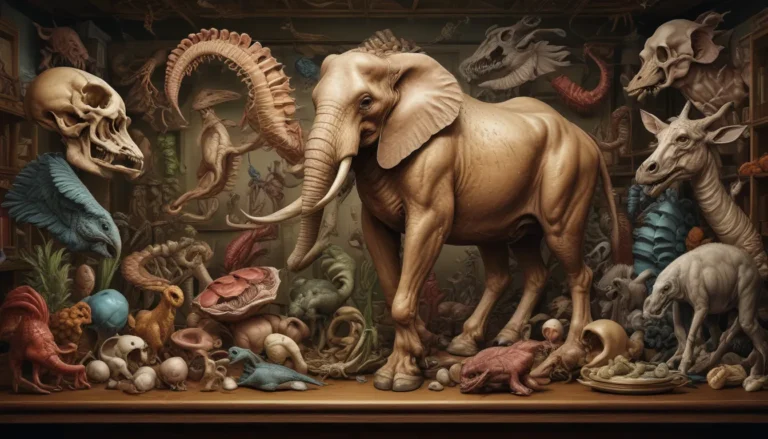A Note About Images: The images used in our articles are for illustration purposes only and may not exactly match the content. They are meant to engage readers, but the text should be relied upon for accurate information.
Welcome to the fascinating realm of non-Mendelian inheritance, where genetic patterns defy conventional rules and challenge our understanding of genetic transmission. While Gregor Mendel’s laws of inheritance paved the way for genetic studies, non-Mendelian inheritance introduces complexities that showcase the diverse mechanisms of genetic inheritance. In this article, we will delve into nine captivating facts about non-Mendelian inheritance that shed light on the intricacies of genetic patterns and their implications for human health and diversity.
Unveiling the Complexity of Non-Mendelian Inheritance
Non-Mendelian inheritance disrupts traditional genetic patterns by introducing variations and challenges in gene transmission. Unlike Mendelian genetics, non-Mendelian inheritance encompasses mechanisms such as incomplete dominance, codominance, multiple alleles, epistasis, genomic imprinting, and polygenic inheritance.
Diving Deeper into Non-Mendelian Inheritance:
-
Incomplete Dominance: Incomplete dominance results in a blended phenotype where neither allele is completely dominant, leading to a combination of both alleles.
-
Codominance: Codominance allows both alleles in a heterozygous individual to be expressed fully without blending, as observed in blood type inheritance.
-
Multiple Alleles: Unlike Mendelian genetics, non-Mendelian inheritance involves multiple alleles per gene, enhancing genetic diversity within populations.
-
Epistasis: Epistasis occurs when alleles of one gene suppress or mask the expression of alleles in another gene, resulting in unexpected inheritance patterns.
-
Genomic Imprinting: Genomic imprinting influences gene expression based on parental origin, contributing to variations in phenotype.
-
Polygenic Inheritance: In polygenic inheritance, multiple genes interact to contribute to a single trait, producing a wide range of phenotypic variations.
Implications of Non-Mendelian Inheritance in Human Health
Non-Mendelian inheritance plays a crucial role in genetic counseling, disease prediction, and the development of targeted treatments for conditions affected by these complex patterns. Understanding non-Mendelian inheritance is essential for unraveling the complexities of genetic diversity and evolutionary processes.
Delving Deeper into the World of Genetics
Explore the mysteries of non-Mendelian inheritance, from mitochondrial DNA inheritance to epigenetic modifications. These alternative inheritance mechanisms shape the diversity of life and have wide-reaching implications for fields such as medicine, agriculture, and evolutionary biology. By unraveling the complexities of genetic inheritance, we can expand our knowledge and gain new insights into the intricate web of genetics.
FAQs: Unraveling the Mysteries of Non-Mendelian Inheritance
Q: What is non-Mendelian inheritance?
A: Non-Mendelian inheritance refers to the inheritance patterns of genetic traits that do not adhere to Mendel’s simple rules of inheritance.
Q: How does non-Mendelian inheritance differ from Mendelian inheritance?
A: Non-Mendelian inheritance deviates from the predictable patterns of dominant and recessive traits seen in Mendelian inheritance, involving complex mechanisms such as multiple genes and environmental factors.
Q: Why is the study of non-Mendelian inheritance important?
A: Understanding non-Mendelian inheritance is crucial for comprehending genetic diversity, evolutionary processes, and the underlying causes of genetic disorders.
Q: What are the practical implications of non-Mendelian inheritance?
A: Knowledge of non-Mendelian inheritance patterns can aid in diagnosing and treating genetic diseases, improving crop breeding strategies, and enhancing our understanding of evolutionary biology.
Let’s continue to unravel the mysteries of non-Mendelian inheritance and explore the diverse mechanisms that shape genetic patterns and traits. Embrace the richness of genetic diversity and the complexities of inheritance patterns as we journey further into the fascinating world of genetics.





